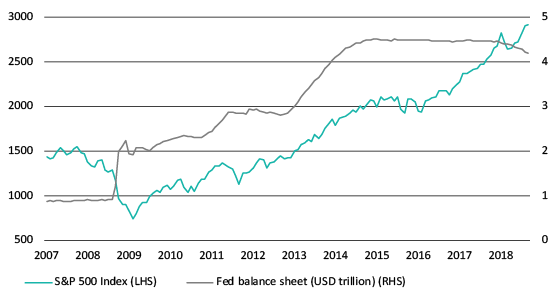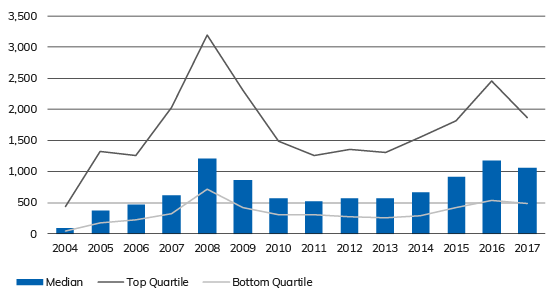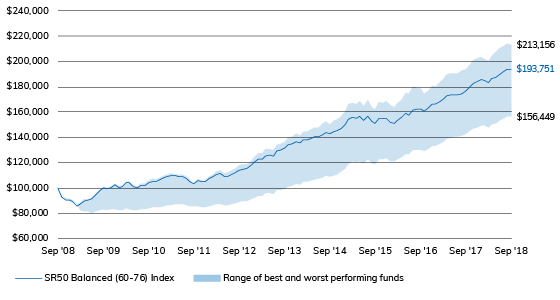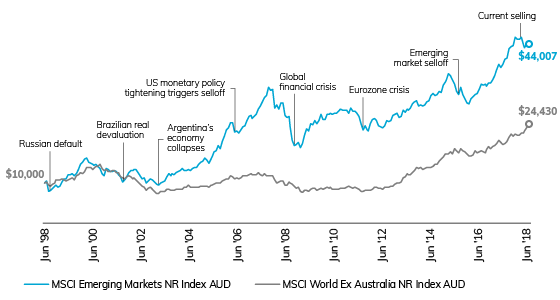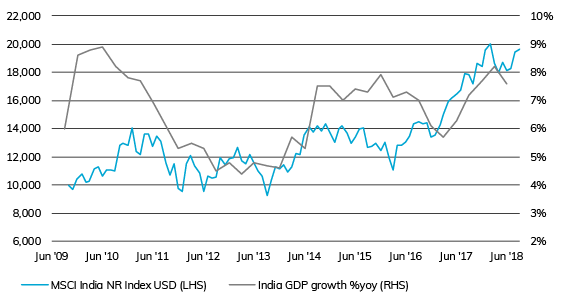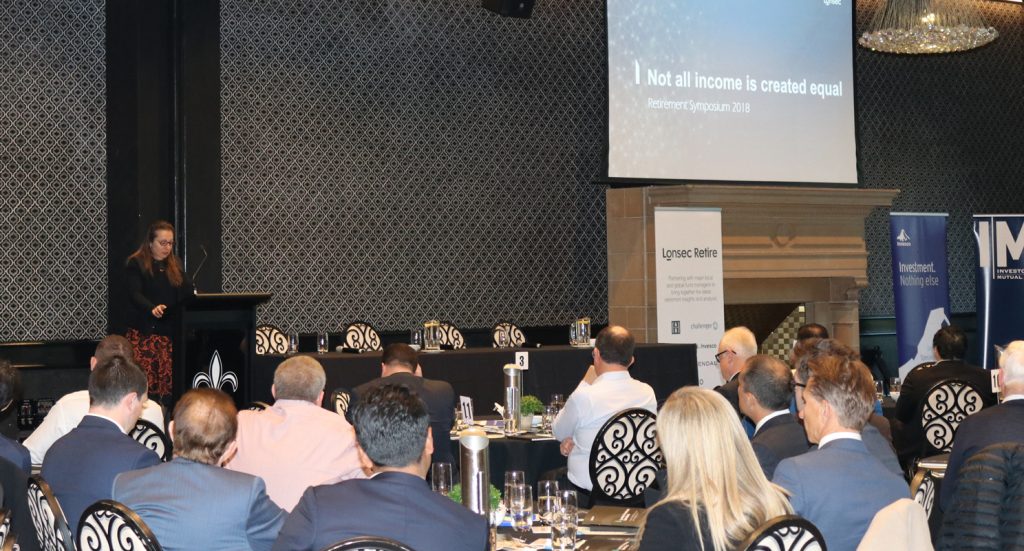The managed account model is at the centre of a nascent revolution in financial advice. As pressures build on traditional advice businesses, the efficiencies offered by managed accounts have led advisers to rethink how they deliver advice and manage investments on behalf of clients. But while there are clear opportunities, the drive to shift to a managed account offering can result in rushed implementation, poorly aligned business practices and, critically, sub-optimal investment outcomes.
A well marketed but misconceived view is that the accessibility of managed account technology will inevitably lead to a win-win for businesses and clients. While the headline is correct, unfortunately this outcome is not guaranteed by the technology itself. For advisers to unlock the full benefits of the managed account model, as well as meet their clients’ best interests, they need to be able to provide quality portfolios backed by the right governance and compliance structures.
The implementation dilemma — adapting to the new world of financial advice
Successful implementation of managed accounts requires a whole of business transformation, and this naturally presents a range of commercial and operating risks. A number of advice practices have opted to go it alone by offering a private label managed account solution, acting as both adviser and model manager. Putting aside ASIC’s concerns regarding vertically integrated advice, the real risk for advisers is in underestimating the resources and skills required in the development of the model portfolios, as well as ongoing analysis and reporting of a public offer document.
The development of an institutional grade solution involves proof of concept with the construction and management of the portfolios, as well as time-consuming monitoring and reporting on investment performance. Naturally, this requires an investment committee with the right mix of skills and knowledge, a clear investment philosophy and process, and the capacity to filter and analyse the investment product universe. Advisers embarking on the managed account journey with minimal research, outdated traditional models, or poorly funded governance and compliance structures may end up facing higher costs in the long run. It will also place them clearly within the regulatory eyesight of ASIC.
What this means is that managed accounts, while presenting an opportunity for advisers, also present a very real dilemma. There are significant risks involved in implementation, but it is impossible for advisers to ignore the benefits of managed accounts. For ethical advisers who care about their clients, there is a need to balance a responsive and scalable investment solution with regulatory requirements and the costs of implementation. For many advisers, ASIC’s requirement for all discretionary account providers to be licensed, which came into effect this month, will make separately managed accounts (SMAs) an even more attractive solution.
As the wealth industry confronts the revelations from the Royal Commission into Financial Services, it awaits to be seen what recommendations will flow from the hearings and how the federal government will respond. While financial advice is unlikely to be radically impacted, advisers are still adapting to ongoing regulatory change, the most significant of which is FASEA’s education and training requirements. Nearly all advisers will be required to undertake further study, and many practices will need to recruit additional qualified advisers. Add to this the supervision of ethical standards compliance and advisers are facing increasing costs at a time when the demand for qualified advice is rising. In this environment, the ability to scale financial advice and the investment process is critical.
Scale and quality — the role of professional portfolio construction
One of the first steps to success for advisers is ensuring that they have the right research capabilities in place. The second step is to leverage this research with the right investment knowledge. This is where the help of external experts can be invaluable. By partnering with an investment research provider, advisers can expand the depth and breadth of their research and keep their clients informed of events impacting their portfolio as and when they occur.
Increasingly, however, advisers are taking this a step further and drawing directly on the expertise of their portfolio manager. This can be in the form of prepackaged model portfolios designed to cater to an array of risk profiles, or through a tailored, white label solution that reflects the adviser’s investment philosophy and client needs.
When considering an in-house managed account solution, the adviser should ensure they are of sufficient size to achieve scale benefits and that their in-house investment committee is equipped to deliver reliable investment outcomes on par with a dedicated team of research and portfolio construction professionals. From a client interest perspective, they should also ensure that their suite of model portfolio solutions is broad enough to cater to a range of risk profiles, or specialized enough to cater to particular retirement goals. Naturally, a small- to medium-sized client base makes this very difficult.
The future role of managed accounts, when coupled with excellent governance and sourcing of financially secure external experts, is a positive step for the advice profession and their clients. The key to success for participants is determining where the advice skill set is best used and where the cost of governance starts and ends in the new world.
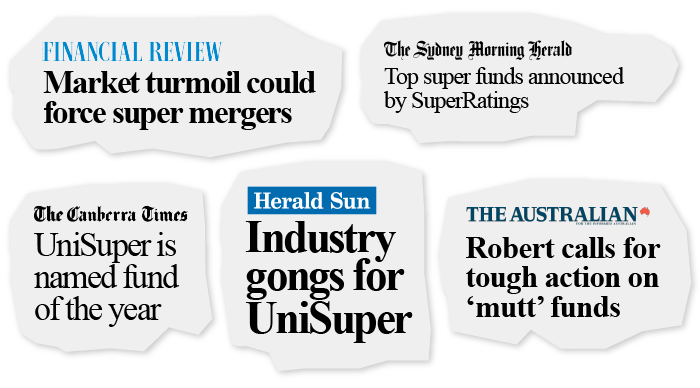



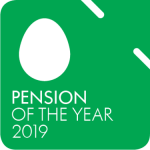









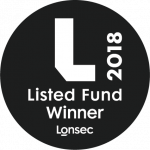 Listed Fund Award
Listed Fund Award
